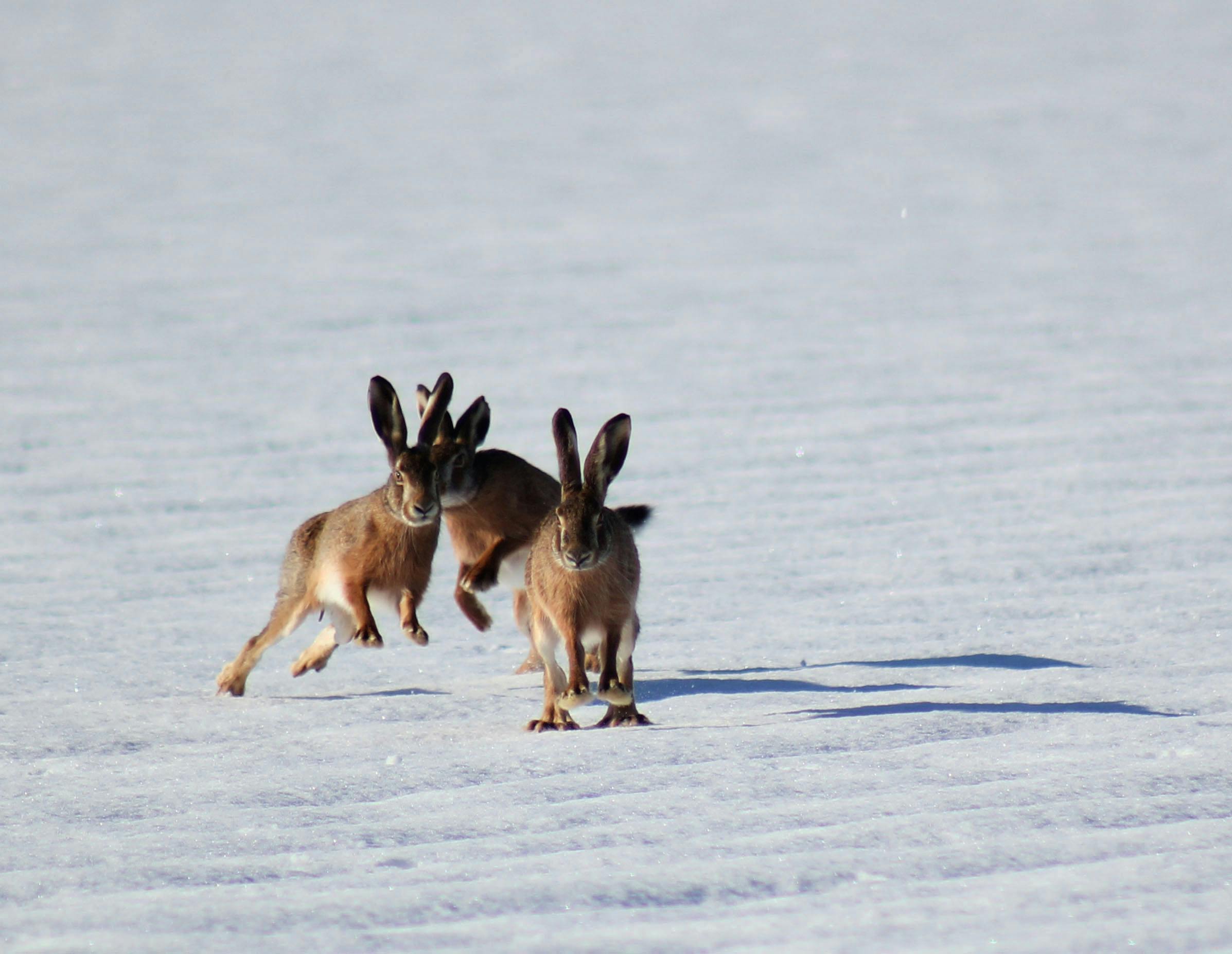Effective Ways to Care for Your White Dwarf Hamster in 2025: Practical Tips to Ensure Happiness
Essential Guide to Hamster Care for Kids
Caring for a pet like a white dwarf hamster can be incredibly rewarding for children and families. Not only are these small pets affectionate, but they also play an important role in teaching responsibility and empathy to young ones. As family-friendly pets, hamsters offer the unique combination of being low-maintenance and interactive, making them perfect for kids and inexperienced pet owners.
This guide will provide a comprehensive overview of how to care for your white dwarf hamster effectively. We’ll explore the importance of a suitable habitat, their nutritional needs, behavioral traits, handling tips, and more. By the end of this article, you will be well-equipped with practical advice to keep your furry friend happy and healthy.
Here’s what you can expect: an understanding of hamster habitats, dietary requirements, playtime needs, and tips for creating a loving environment. Let's dive in!

Setting Up the Perfect Dwarf Hamster Habitat
Creating an appropriate habitat for your white dwarf hamster is crucial for their overall health and happiness. A well-designed cage setup will not only keep them safe but will also provide the stimulation they need. When choosing a cage, consider factors such as size, material, ventilation, and safety features.
A typical dwarf hamster cage should measure at least 24 x 12 x 12 inches to give your pet enough space to move around. Wire cages with horizontal bars are ideal since they provide excellent ventilation and climbing opportunities. Remember to position the cage away from direct sunlight and drafty areas to create a comfortable environment.
Hamster Cage Setup Essentials
When setting up a hamster cage, include designated areas for sleeping, playing, and eating. Provide a cozy nesting area with appropriate hamster bedding types like aspen shavings or carefresh. Avoid cedar or pine shavings, as they can be harmful to your hamster's respiratory system.
Additionally, enrich the environment with various hamster toys and accessories. This could include tunnels, chew toys, and a hamster wheel exercise. A wheel is essential to fulfill their exercise needs, enabling them to run and play safely indoors. Make sure to select a wheel that is appropriate for their size to prevent any accidents.
Choosing the Right Location
Placement of the cage significantly affects your hamster's wellbeing. Place it in a quiet, low-traffic area where they can feel secure. Avoid high humid areas and direct sunlight. Instead, opt for a space where the temperature stays between 65°F and 75°F (18°C - 24°C).
In addition, ensure easy access for children to interact with the hamster while respecting its needs for privacy. This balance is essential for healthy hamster socialization.
Hamster Cleaning Tips
To maintain a clean habitat, spot clean daily, removing soiled bedding and uneaten food. Full cage cleanings should happen weekly. During cleaning, provide fresh bedding and food, ensuring your hamster has a comfortable environment to return to. Regular habitat maintenance will help prevent odors and ensure a healthy living space.
Following these setup tips will help create a safe, engaging home for your white dwarf hamster, setting the foundation for its happiness.
Nourishing Your Dwarf Hamster: Diet and Nutrition
Feeding your white dwarf hamster a balanced diet is key to its long-term health. Understanding their dietary needs will help you choose proper food that offers all the necessary nutrients. A specialized dwarf hamster diet typically includes high-quality pellets, fresh fruits, and vegetables.
Commercially available hamster food is usually a mix of seeds and pellets, providing balanced nutrition. Supplementing this diet with small amounts of fresh veggies, such as carrots or spinach, can add variety. Remember to limit sugary fruits and avoid starchy options that are high in carbohydrates, as these can lead to health issues.
Creating a Dwarf Hamster Feeding Schedule
Establishing a regular feeding schedule is beneficial for both you and your hamster. Offer fresh food daily, along with a small bowl of freshwater for hamsters. Ensure that the water bottle is checked regularly for leaks and cleanliness. It's crucial to observe each hamster’s eating habits to tailor their diet; they might have specific preferences.
Be mindful of overfeeding. A good rule of thumb is to start with a tablespoon of commercial hamster food per day and adjust based on your hamster’s needs.
Safe Hamster Treats
Incorporating occasional treats can enhance your hamster's well-being. Safe options include small pieces of plain popcorn, unsweetened cereal, or a tiny amount of peanut butter. It's essential to provide these treats in moderation, as too many can upset their digestive balance.
Monitoring your dwarf hamster’s weight and health will also aid in understanding their dietary needs and preventing obesity. Look for signs of excessive weight gain, which can negatively impact their dwarf hamster lifespan. Keeping track of their health should be a priority.
Common Hamster Diseases
Understanding potential health issues is critical to hamster care. Common diseases in dwarf hamsters include wet tail, respiratory infections, and tumors. Regular health assessments and awareness of their dietary habits play a pivotal role in preventing such ailments.
By creating a proper feeding regimen and staying observant, you can maintain your hamster’s health and happiness. With these foundational aspects covered, we can transition into understanding their behavioral traits.
Understanding Dwarf Hamster Behavioral Traits
Diving into your white dwarf hamster's behaviors and personality offers valuable insights into their needs and communication. As social creatures, hamsters can be quite curious and can develop unique traits based on their environment and interactions.
Understanding their sounds and reactions will help strengthen your bond. For instance, squeaks may indicate excitement or happiness, while chattering teeth could suggest annoyance or agitation.
Training Tips for Hamsters
Training your dwarf hamster can be a rewarding experience. Start with basic commands using positive reinforcement, such as treats and praise. This approach helps create a trusting bond between you and your pet. Techniques like clicker training can foster quick learning, making it a fun way to enhance your hamster’s enrichment activities.
Remember to be patient; some hamsters take longer to adapt to activities. Consistent, positive interactions will smooth the training process.
Dwarf Hamster Playtime Importance
Playtime is essential for your white dwarf hamster’s mental and physical well-being. Engage your pet with interactive toys and safe play equipment to stimulate its natural instincts. Providing areas for climbing and exploration can prevent boredom and promote activity.
When introducing new items, observe how the hamster interacts. If it shows persistent fear or avoidance, reconsider the choice of toys to ensure they contribute positively to your hamster's life.
Caring for Elderly Hamsters
As your pet ages, its care needs change. Elderly hamsters may require special dietary considerations or a more accessible habitat setup. Ensure they have easy access to food and water and consider lowering their cage height for easier navigation.
Regular veterinary checkups are essential to monitor health changes and manage any potential issues associated with aging.
Creating a Safe and Fun Environment for Your Hamster
Providing an enriched environment for your white dwarf hamster contributes significantly to its overall happiness. This includes a blend of physical activity opportunities, mental stimulation, and safe interaction zones.
Make sure to offer varied textures and materials to explore. This could include different types of hamsters bedding or tunnels for burrowing, mimicking their natural behaviors in the wild. Interactive toys, as well as dwarf hamster activities, will keep your pet engaged.
Evaluating Hamster Foods
Choosing quality food significantly impacts your pet's health. Always evaluate the ingredients in your hamster’s diet, focusing on high protein content and low sugar. Researching brands and possibly consulting with a veterinarian can lead to better choices for your hamster’s digestive system.
Incorporate a variety of foods to ensure balanced nutrition while avoiding monotony in their meals—all contribute to overall well-being.
Hamster Bonding Activities
Bonding with your hamster is essential for developing trust. Spend time gently handling your pet, allowing it to get accustomed to your scent and voice. Gradually introduce it to additional experiences, ranging from playtime on a sofa to exploring a safe, enclosed play area.
Be attentive to your pet’s cues and respect its boundaries. Hamsters are sensitive creatures; taking the time to nurture these interactions will yield long-lasting benefits.
Q&A on Dwarf Hamster Care
What is the ideal cage size for a white dwarf hamster?
The recommended minimum cage size for a white dwarf hamster is 24 x 12 x 12 inches. The larger the cage, the more room your pet has to explore and exercise, which directly contributes to its happiness.
How can I tell if my hamster is happy?
A happy hamster displays active behaviors like running on a wheel, exploring its habitat, and engaging in playful activities. Additionally, if your dwarf hamster seems comfortable around you, that's a good indicator of its contentment.
What should I do if my hamster exhibits unusual behavior?
If your hamster is showing signs of aggressive behavior or lethargy, it may be stressed or unwell. Monitor its condition closely, and if necessary, consult a veterinarian specializing in small animal care to address health or behavioral concerns.
Are there specific toys recommended for dwarf hamsters?
Yes! Interactive toys such as tunnels, chew toys, and exercise wheels are recommended for dwarf hamsters. Ensure they are made from safe materials and are appropriately sized.
Do hamsters need a companion?
Dwarf hamsters, particularly species like Campbell's and Winter Whites, are generally more social than others. Providing a companion can improve their enrichment, but ensure any introductions are gradual to avoid aggression.

